The obvious answer here is to not even try to do this with evil 666 555 timers. You want three signals that need to be kept in phase, and one of them is a double pulse. While this could eventually be accomplished with a mess of 555 timers, it is actually quite simple to do in firmware. All you need is a micro with 3 outputs. Even the tiny PIC 10F200 can do this job.
It looks like everything happens on a 50 ms boundary. Set up a 50 ms tick, then walk thru 20 consecutive states triggered by the tick. This is very easy. Or, you have a array with 20 entries of 3 bits each. Each 50 ms tick, you advance the array index, wrapping from 19 back to 0, then output the three bits to the three output pins.

